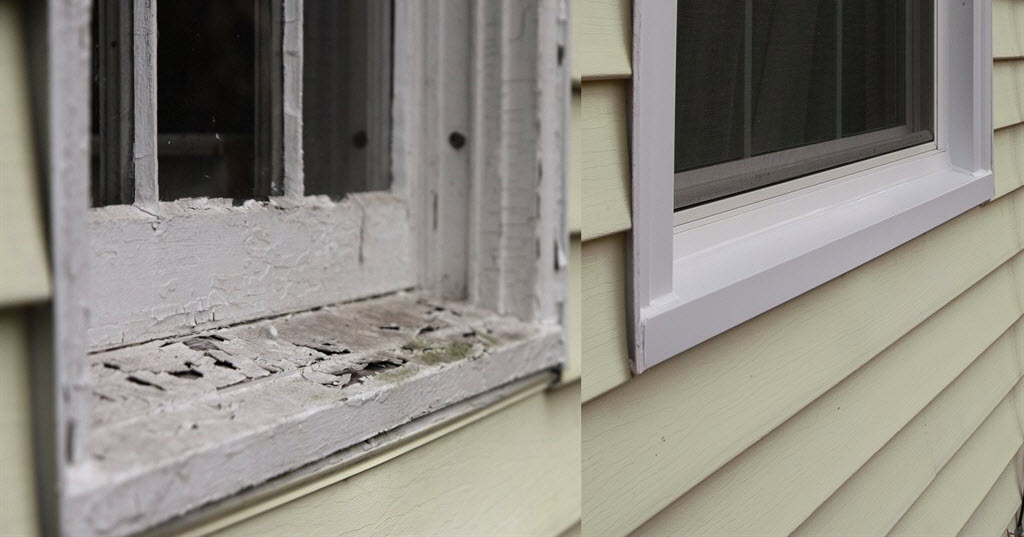Flat roofing has become an increasingly popular choice for both modern homes and commercial buildings due to its numerous advantages in terms of cost-effectiveness, space utilization, and contemporary design. One of the most compelling reasons homeowners and businesses opt for flat roofs are the affordability. Compared to pitched roofs, flat roofs require fewer materials and are quicker to install, resulting in lower labor costs. The simplicity of the design means there are fewer structural complexities, which not only reduces construction time but also minimizes the likelihood of unexpected complications during installation. Additionally, maintenance is typically easier and safer due to the accessibility of the roof surface, allowing for regular inspections and quick repairs when needed. Another significant advantage of flat roofing lies in its efficient use of space. For urban environments where every square foot counts, a flat roof can be transformed into a functional area such as a rooftop garden, lounge, or even a solar panel installation site.

This added utility is especially attractive in commercial settings where maximizing usable area can lead to increased property value and business opportunities. In residential contexts, it offers homeowners creative opportunities to enhance outdoor living without expanding the building’s footprint. Furthermore, flat roofs provide an ideal platform for installing HVAC systems or satellite dishes without disrupting the aesthetic lines of the building or requiring additional ground space. Energy efficiency is also a notable benefit associated with flat roofing systems. Many modern flat roofs are designed with insulation and reflective materials that help regulate indoor temperatures by reducing heat absorption during summer and retaining warmth during winter. This can lead to considerable savings on energy bills over time, making flat roofs an eco-friendly option as well. With the growing emphasis on sustainability in both residential and commercial construction, flat roofs can be integrated with green technologies such as solar panels or cool roofing systems, contributing to lower carbon emissions and improved environmental performance.
From a design standpoint, flat roofs offer a sleek and contemporary look that aligns with modern architectural trends. The clean, horizontal lines of a flat roof create a minimalist aesthetic that complements both residential and commercial buildings, providing a sophisticated appearance that stands out in urban landscapes. This architectural flexibility allows designers to experiment with bold and innovative layouts that might not be feasible with traditional sloped roofs. Additionally, advancements in roofing materials and waterproofing technology have significantly improved the durability and weather resistance of flat roofing systems, informative post making them a reliable choice in various climates. This can lead to considerable savings on energy bills over time, making flat roofs an eco-friendly option as well. They offer practical, economic, and environmental advantages that make them well-suited to the demands of modern construction.









